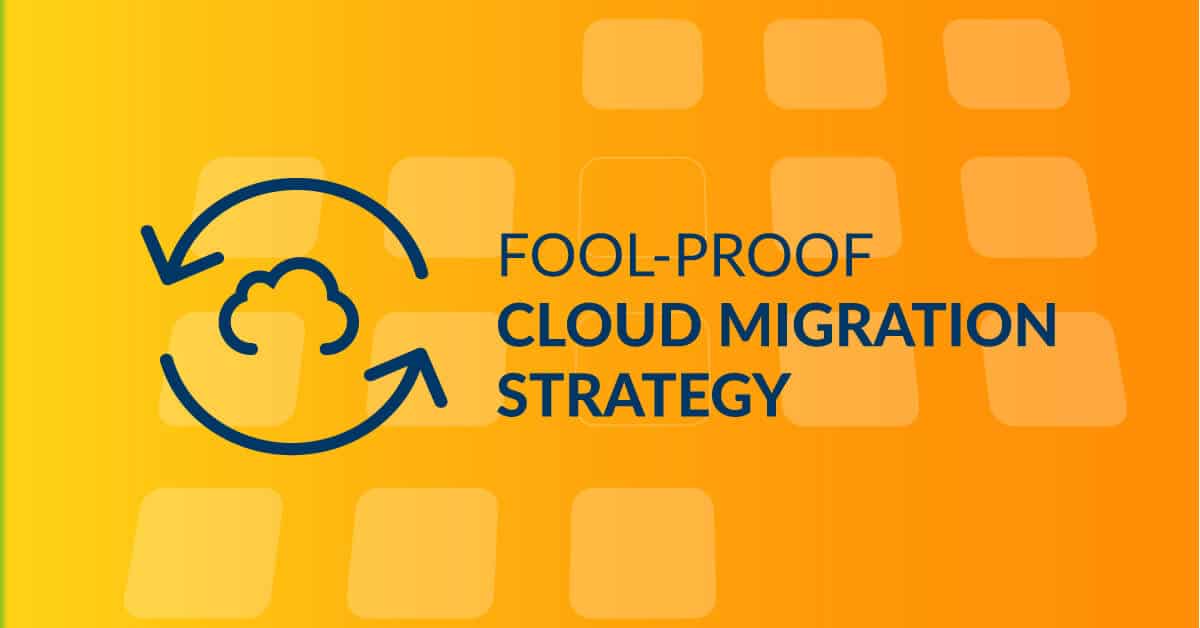Back in April of 2017, an Intel Security study found that 73 percent of companies surveyed were planning on transitioning to fully software-defined data centers (in other words, cloud services) within two years. However, in a 2018 survey McKinsey found that 60 percent of companies interested in cloud migration strategy had only moved 10 percent of their workload to cloud service providers.
While most companies recognize cloud services as the future of business infrastructure hosting and want to move their workloads to cloud services, many of these companies are also lacking a coherent cloud migration plan.
5 Essential Steps to perfect Cloud Migration Strategy:
1. Figure out who’s in charge
Many companies make the mistake of entrusting cloud migration to their own IT team. The truth is that IT teams that have been working with traditional server infrastructures for years, will often be ill-equipped to handle complicated cloud migration procedures.
It’s essential for companies interested in migrating to the cloud to either hire on IT staff who have expertise in cloud migration or to outsource the migration to an IT provider that offers specialized cloud migration support. While this may seem expensive in the short-term, it’s fiscally responsible.
2. Understand what you need out of a cloud service
Cloud services are not one-size-fits-all affairs. There are several cloud service providers and three different types of cloud services: public, private, and hybrid. They offer different pros and cons. Moreover, different cloud services will have different strengths.
- A public cloud servicemay have highly scalable data storage and be updated constantly.
- A private cloudmay lack a public cloud’s advantages but make up for it in increased security or AI capabilities.
- A hybrid cloud that combines both private and public cloud services may be a smart choice. It depends on the size of the company.
3. Understand your provider(s)
This part of cloud migration goes hand-in-hand with the previous tip. From Google to Cisco to Amazon, cloud services have no shortage of “big players.” While it may be tempting to write off the differences in services amongst these providers as insignificant, reading the fine print and ensuring that you understand what different providers are offering is just as important as identifying what type of cloud service you need.
4. Mind the security
Many companies underestimate just how complicated it can be to remain compliant with cybersecurity guidelines while migrating to a cloud service. Outsourcing a cybersecurity expert to manage the data security aspect of cloud migration should be a no-brainer for any company interested in transitioning to the cloud.
5. Understand the ‘3 Rs’ of cloud migration
The ‘3 Rs’ of cloud migration – Rehost, Replatform, or Refactor – are important for any business interested in cloud migration to understand.
- Rehosting moves applications to the cloud without any code modification, which is fast and resource-effective but fails to account for cloud-native features such as elasticity.
- Replatforming involves up-versioning assets to the cloud when they’re moved, which is slower than rehosting, but allows businesses to take advantage of more cloud-native features.
- Refactoring is the most complicated of the three processes and provides the best results, requiring a business to re-architect their applications in order to fully integrate them into cloud services.
Bonus tip: Let cloud migration experts help you!
If you’re interested in migrating your business to the cloud but don’t quite know where to start, don’t hesitate to reach out to our team here at SecureTech! We’ve been helping businesses create flawless computer networks for over 20 years, and we’re not slowing down any time soon. To learn more about what SecureTech can do for you, click here.

